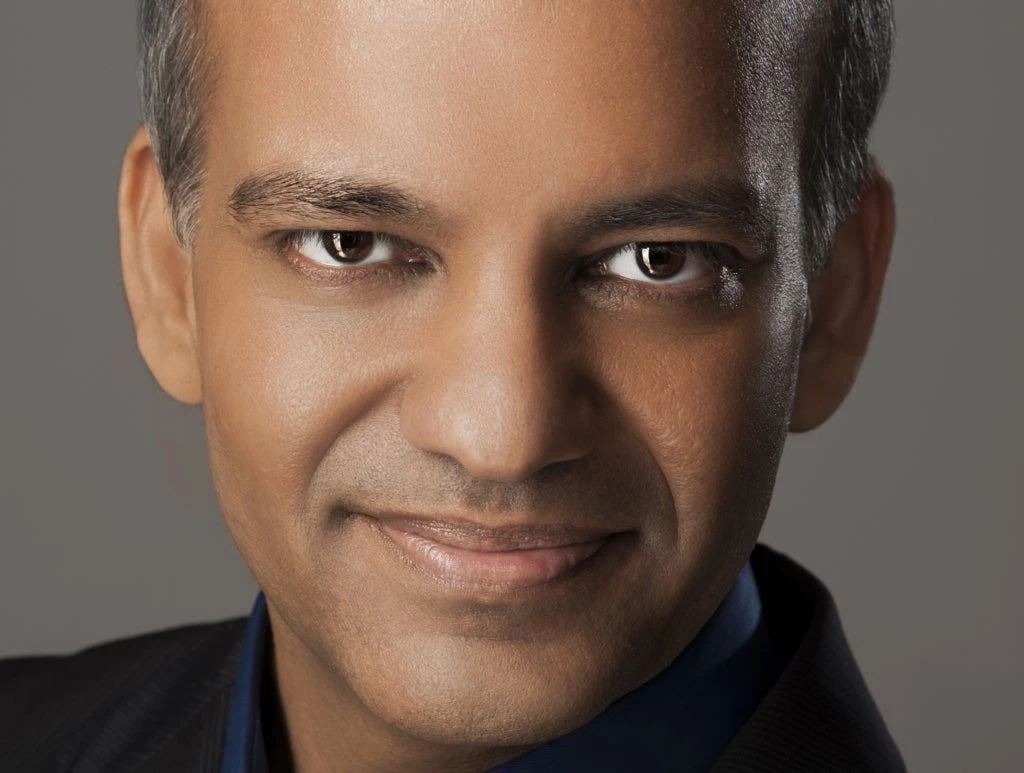 A motorcyclist fueling up petrol in Kuala Lumpur
A motorcyclist fueling up petrol in Kuala Lumpur
Malaysia’s proposed subsidy reform intends to replace blanket fuel subsidies with a targeted system to help those most affected by rising fuel prices. While it is an appropriate approach, it will require additional inputs to guarantee success. Fundamentally, governments struggle to address the vexsome political economy behind fuel subsidy reform of overcoming resistance from those who benefit from the status quo – typically the richer segments of society. Lessons learned from other countries show that successful reform requires 3 Cs: credible commitment, consensus, and coordination – and underpinned by a 4th C – communications.
Consider credible commitment. In 2011, the Government of El Salvador introduced gas subsidy reforms to improve the welfare of all but the wealthiest 20 percent of households. However, the reform was unpopular, with 70 percent of Salvadorans voicing disapproval. The reform received negative feedback from various influential figures that the Government is not doing enough, making even the “winners” – most of the 80 percent of households standing to benefit –feel like “losers.” This is especially true when the failure of past reforms raised concerns that reform savings would be wasted because of inefficiencies or corruption. How then can a government credibly commit to reform?
As El Salvador faced backlash, Iran embarked on a significant oil subsidy-reducing reform around the same time. But to demonstrate commitment, the government transferred cash to recipients before reducing subsidies reform. Beneficiaries could see the money in their accounts but could not spend it until subsidies were slashed. In this case, pre-committing to compensatory measures helped build credibility and trust.
The diverging experiences of two neighboring countries – Egypt and Tunisia – are good examples demonstrating why consensus is vital to building trust. Both countries established inter-ministerial task forces on energy subsidy reform. Egypt created a broad pro-reform coalition of government agencies, businesses and industry associations, media pundits, and academics endorsed by international development partners. These efforts helped the government secure a broad mandate to start energy subsidy reforms in 2014, culminating in a fuel subsidy phase-out in 2019. But Tunisia’s efforts, several years later, stalled amid a lack of consensus in bringing labor unions on board.
Coordination of government programs supporting wellbeing and energy affordability spread across ministries can radically improve effectiveness and prevent reversals of energy subsidy reform. Brazil successfully consolidated 12 programs run by different line ministries into the unified social safety net program Bolsa Família led by the Ministry of Social Development. As a result, gas subsidies previously run by the Ministry of Mines and Energy were aligned with the cash-transfer poverty targeting criteria of the Bolsa Família, sustaining broader energy subsidy reform efforts. By contrast, about 21 ministries and agencies operate over 120 cash transfer programs programs in Malaysia.
One overarching lesson is that benefits need to be generous and initially broad-based while being fiscally prudent before but gradually tapering off in generosity for better-off households. Indonesia’s cash transfer program (which began in 2005) featured a flat benefit conditional on relatively low-income status. At the same time, by covering about a third of the population, the program prevented those on the verge of falling into poverty. Ukraine, too is considered a success story in the way it replaced its fuel subsidies in 2015-16 with targeted cash transfers, covering as much as 40 to 50 percent of all households. These transfers were designed to decline with higher incomes and capped up to a certain level of energy consumption. This broad-based approach greatly helped support the reform effort.
Finally, it helps if these 3 Cs – commitment, consensus, coordination – are underpinned by creative communications. One success story is India removing its LPG subsidies in 2012, which involved the largest direct benefit transfer scheme for LPG in the world. A savvy communications program built elements of voluntary exclusion via a “Give it Up!” campaign aimed at wealthier households to voluntarily give up subsidized LPG in favor of reducing the drudgery of poorer households (www.givitup.in). It had strong support from the prime minister and influencers – such as Bollywood celebrities. Perhaps more importantly, this campaign included a “scroll of honor” that credited individuals who voluntarily opted out of the LPG subsidy for their role in nation building. Such behaviorally informed campaigns can help nudge citizens into positive action.
For countries like Malaysia, guaranteeing success in reforming fuel subsidies ultimately requires all four Cs, along with a better narrative, one which goes beyond relieving fiscal pressures. Such a narrative can build on these 3 plus 1 Cs and allay concerns of those who oppose reform – all in the promise of realizing of a stronger and securer nation.



Join the Conversation